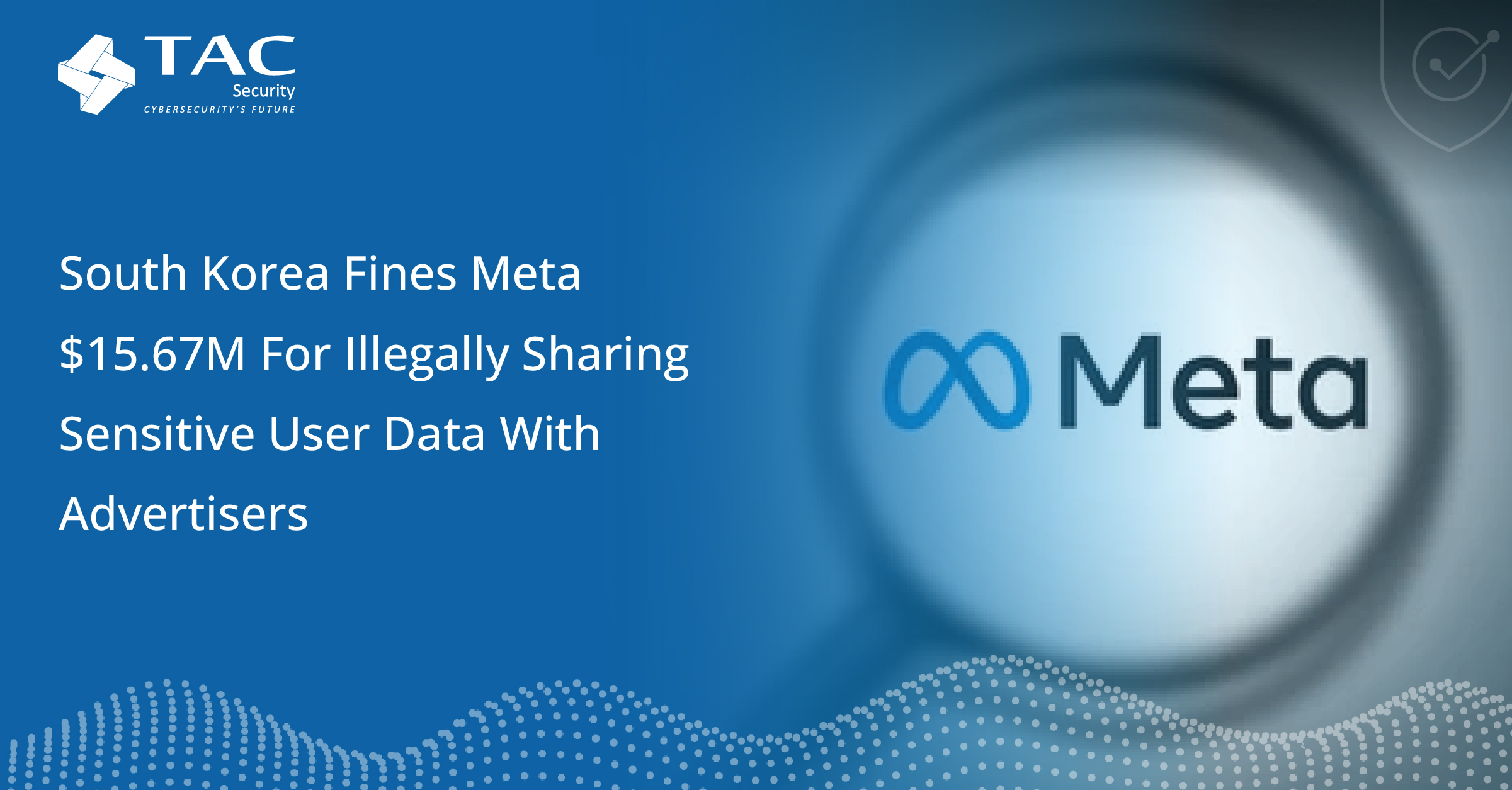
Network Vulnerability Management eliminates threats in the software, hardware, or organizational practices. Security analysts find analyzing a large amount of data, remediating and conveying vulnerabilities rapidly and effectively, very challenging as networks and systems’ threats grow in size and complexity.
In this blog, we’ll tell you about our developing vulnerability management dashboard that assists security analysts in conquering challenges. The approach to designing the dashboard was based on real-world details. It allows vulnerability remediation as per their age, perseverance, and effect on the system.
Security Operations Centers (SOCs) are the informative scan reports for security analysts’ primary source of information, having all the details about the vulnerabilities present in the assets on the network. The scanning reports mainly consist of large amounts of the table of text and long tables, which are difficult to read or comprehend information and might not provide the complete picture of an enterprise. But our VM Dashboard provides it detailed information.
Insights of Vulnerability Management dashboard
Regular vulnerability scans and patching is one form of vulnerability management, as is sporadic scanning and patching. Our VM Dashboard helps security analysts monitor an enterprise’s networks for threats, prepare document metrics and security breaches, and suggest security enhancements to manage IT staff. It provides advanced network scanners, severity scoring, and data visualization techniques to perform the scanning.
General Insights
- The severity score breaks the current open issues.
- The help of threat intelligence shows how many of these exploits are active.
- Provides a summary of upcoming vulnerability assessments.
Prioritization Insights
- The security team remediates threats.
- Vulnerabilities have been accepted when it comes to the risk meter.
- Monthly represents a proper graph to depict your prioritization rate over time.
Conformity Insights
- The graph showed mean-time-to-remediate (MTTR) to show the trends with time.
- No issues per system were seen on the leaderboard.
Asset Insights
- The number of assets that are exploited.
- Number of compliant assets regarding your SLAsa and no compliant assets.
Our ESOF VM dashboard generates insightful vulnerability reporting for your data, including:
- ESOF Cyber Risk Score
- Architecture Type
- Vulnerability Stats
- Business Units
- Open Vulnerability Stats
- ESOF Insights
- Asset Category
- Vulnerability History Trend
- Top10 vulnerable assets
- Top 10 open vulnerabilities
ESOF’s Vulnerability Management dashboard provides data such as Key Performance Metrics (KPIs) for vulnerability remediation, risks for the most critical vulnerabilities, scan coverage, and recommendations for risk reduction. Keeping your organization secure requires teams to be constantly aware of their most important assets and critical issues with a dynamic vulnerability management dashboard.





